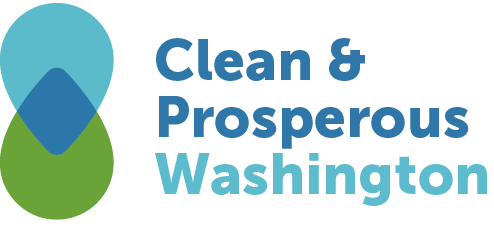Is electric freight a heavy lift?
This week in California, a landmark program between the California Pollution Control Financing Authority and the California Air Resources Board just surpassed a milestone: financing enough truck loans to help get more than 36,000 cleaner trucks on the road. (That is the equivalent of removing almost 11 million passenger cars from the road and 164 tons of particulate matter per year.) The Heavy-Duty Vehicle Air Quality Loan Program provides financial assistance to small business owners who have heavy-duty vehicles affected by air pollution control mandates.
“The success of this financing program, with now tens of thousands of cleaner trucks on the road, means hard working truck owners benefited from an affordable way to reduce emissions, increase fuel efficiency and save money,” California Air Resources Board Executive Officer Richard W. Corey said.
“There is more work to be done in terms of taking polluting vehicles off the road and replacing them with cleaner vehicles, but this accomplishment shows what is possible when we have state agencies and private lenders working together on critical state goals,” State Treasurer Fiona Ma said.
Could we do something similar here in Washington state?
 The legislature is currently working to pass the Move Ahead Washington transportation package that defines a generation of investments to decarbonize our transportation system.
The legislature is currently working to pass the Move Ahead Washington transportation package that defines a generation of investments to decarbonize our transportation system.
Legislators need to negotiate a final bill, and because much of the funding to be invested comes from the Climate Commitment Act’s Carbon Emissions Reduction Account, we want to make sure it realizes the biggest climate bang for our carbon buck. Toward that end, we are providing legislators with data from the report we published last week, Washington’s Decisive Decade: An Emerging Roadmap for Transportation Decarbonization and Cleaner Air. The report includes analyses of the promising economic and health benefits of drayage truck and motor coach electrification.
We also see that universal access to charging and fueling infrastructure is crucial for accelerating the pace of transportation decarbonization. Our report estimates an electric vehicle charging infrastructure gap of $500 million to $1.8 billion by 2030. Fuel cell electric powertrains can support longer ranges and heavier cargo capacities. As a result, hydrogen fueling infrastructure also plays an essential role in meeting the state’s decarbonization goals.
So yes, electrifying heavy-freight to decarbonize our transportation sector is a heavy lift. But we believe our state is up to the challenge, and ready to realize the many measurable economic, health, and climate benefits.
 Looking further down the road – but not too much further – all-electric, autonomous trucks promise to reduce carbon emissions by over 90% compared with conventional big-rigs. Washington’s own PACCAR recently debuted a Peterbilt Model 579 equipped with the Aurora self-driving system at CES, the world’s largest showcase for technological innovation.
Looking further down the road – but not too much further – all-electric, autonomous trucks promise to reduce carbon emissions by over 90% compared with conventional big-rigs. Washington’s own PACCAR recently debuted a Peterbilt Model 579 equipped with the Aurora self-driving system at CES, the world’s largest showcase for technological innovation.
